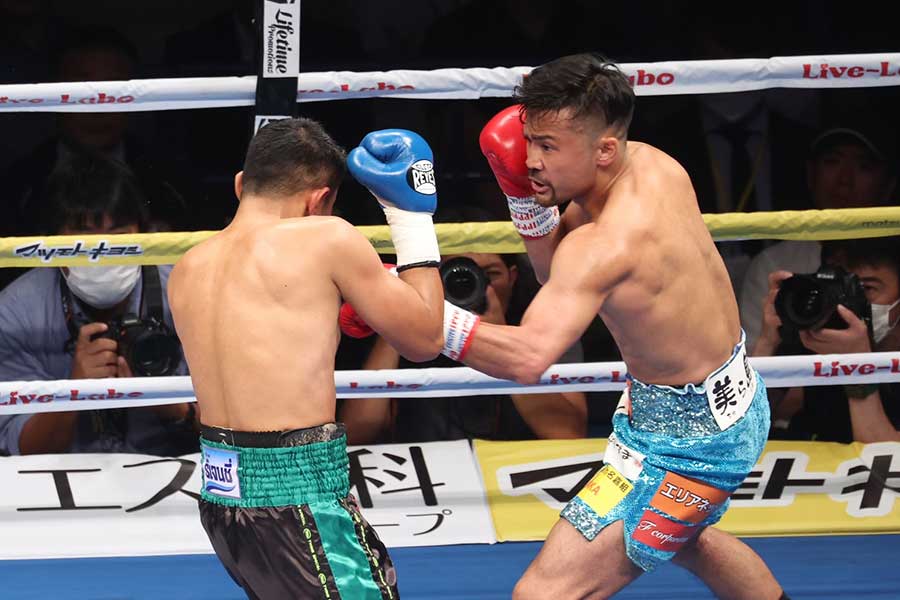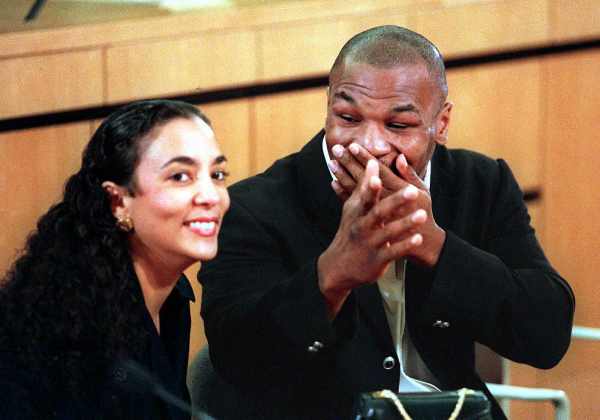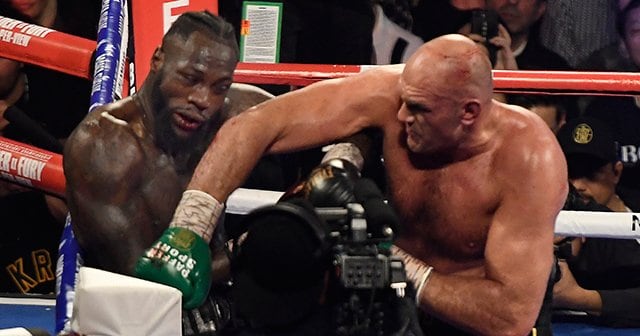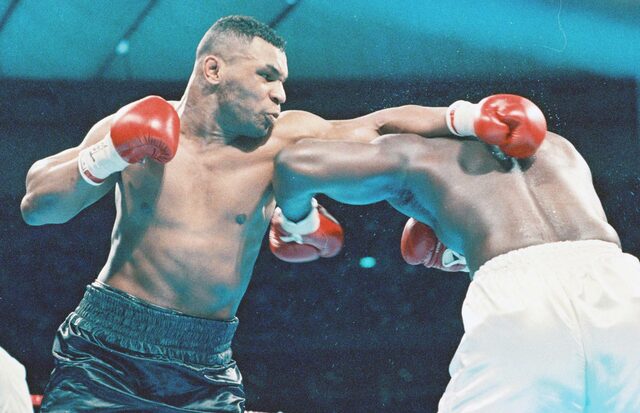
Bandages are an essential item in boxing to protect your wrists and hands.
Proper bandage use plays an important role in preventing injury and improving performance.
In this article, we will explain in detail everything a boxer needs to know, from the basics of bandages, how to choose them, how to wrap them correctly, and how to store them.
Bandage is not just a support material, it is an important equipment that affects the quality of training and matches.
Therefore, it is extremely important to choose the best bandage and use it correctly.
Through this complete guide, we’ll help you understand everything about bandages and make the best choice for you.
目次
Bandage basics
Bandage is one of the essential equipment in boxing.
In this section, we’ll delve into the basic concept of bandage and why it’s important.
What is bandage?
A boxing bandage is a cloth band used to protect the wrists and hand joints.
These are necessary to keep your hands safe during training and matches, and serve to disperse the impact of blows.
There are various types of bandage, and the elasticity, thickness, and length vary depending on the material.
Stretchable bandages are easier to fit and allow for more individual adjustment to your hand, while non-stretchable bandages provide more support.
Choosing the right bandage is important in minimizing the risk of injury and maximizing performance.
Why do you need a bandage?
Bandages are primarily intended for wrist and hand protection.
In boxing, the force of a punch is transmitted directly to the hands and wrists, putting a lot of strain on these areas.
Proper bandage will help distribute the impact and protect your joints and bones.
Additionally, bandages limit unnecessary wrist movements, preventing injuries such as sprains and dislocations.
Another important function is to protect the skin of the hands, protecting them from scrapes and cuts caused by friction within the glove.
The use of bandage is more than just protection; it’s a must-have to help boxers hit harder and more confidently.
This is expected to improve the quality of training and maximize performance in matches.

Bandage types and characteristics
There are many different types of bandages, and the materials and characteristics of each bandage greatly affect training and match performance.
This section details the different types of bandages and considerations when using them.
Cotton bandage and synthetic bandage
Bandages are mainly made of cotton and synthetic fibers.
Cotton bandage has good breathability and moisture absorption, making it suitable for long training sessions.
Cotton is gentle on the skin, so it is also recommended for people with sensitive skin.
However, cotton has low elasticity, so it needs to be rolled very tightly, which is the trick to getting the right fit.
On the other hand, synthetic bandages are highly durable and stretchy, so they fit snugly in your hand.
This supports more dynamic movements and provides reliable protection for your hands and wrists.
Synthetic fibers dry easily, so they are relatively easy to maintain after sweating, but they can be very irritating to the skin, so it is important to check their compatibility with your skin before using them.
Stretchable and non-stretchable bandages
The elasticity of the bandage is an important characteristic that should be selected depending on the purpose of use.
The elastic bandage molds to the shape of your hand for a secure fit, providing freedom of movement and comfort.
This is ideal for use in training or matches where there is a lot of movement, giving you the right amount of support while keeping your hands free.
Non-stretch bandages , on the other hand , are better when you need more support.
This type of bandage firmly immobilizes the joints of the wrist and hand and provides additional protection from heavy blows.
However, if a non-stretchable bandage is wrapped too tightly, there is a risk of restricting blood flow, so it is essential to determine the appropriate tightness.
Choosing the right bandage is essential to maximizing your boxing performance.
Understanding these options and choosing the right bandage for your needs will help you get the best results in both training and competition.

How to wrap a bandage correctly
Wrapping the bandage correctly is critical to maximizing wrist and hand protection and preventing injury.
This section details the initial steps of applying the bandage to the hand and how to wrap each area, with a particular focus on how to protect the wrist, palm, and fingers.
Basics of starting to wind
When applying a bandage, it is common to start with the palm of your hand.
Loop the loop at the end of the bandage over your thumb, then roll the bandage around the back of your hand and at an angle toward your wrist.
At this time, it is important to apply pressure evenly and wrap the bandage, being careful to keep it flat.
By securing your wrist firmly at the beginning, you will increase the overall support and prevent the bandage from slipping.
How to protect your wrists, palms, and fingers
- Wrist protection : Wrists are particularly important to protect. Reinforce the fixation by wrapping the bandage around your wrist several times. It is important to maintain appropriate pressure but not too tight to avoid restricting blood flow.
- Palm protection : The palms are protected by criss-crossing bandages. Wrap the bandage tightly to cover the entire palm, especially in the areas where force is applied during strikes.
- Finger protection : Fingers are individually bandaged for both freedom of movement and protection. Stabilize the fingers by passing the bandage between each finger and returning to the palm of the hand. This method provides adequate support while keeping the fingers free to move.
By following these steps to wrap your bandage, you can provide the protection and support you need and improve your performance when boxing.
Mastering the correct way to wrap a bandage is essential for safe and effective training and competition.

Precautions when wearing a bandage
When using a bandage, it is important to ensure proper tightness and proper maintenance.
Failure to do so will result in decreased performance and increased risk of injury.
Below, we will explain in detail the precautions to take when wearing a bandage.
Appropriate tightening feeling
If the bandage is not properly tightened, its effectiveness will be significantly reduced.
Excessive tightness can reduce blood flow and reduce sensation in your hands and fingers.
This not only reduces performance but can also lead to health problems in the long run.
On the other hand, if it is not tightened enough, the bandage will be more likely to shift and will not provide the support you need, increasing your risk of injury.
To get the right fit, try opening and closing your hand after wrapping the bandage to make sure the tightness is even.
Also, make sure that the sensation in your hands is normal and there is no color change. This ensures that blood flow is unobstructed.
Maintenance during use
It is important to properly maintain the bandage immediately after use.
It is recommended that the bandage be thoroughly washed and dried completely after use.
This will keep the bandage clean, durable, and prevent skin problems and unpleasant odors.
Also, in order to extend the life of your bandage, it is recommended to check it regularly and replace it with a new one if it is frayed or torn.
It is important to pay attention to the storage condition of the bandage and store it in a place away from direct sunlight, high temperature and humidity.
By keeping these precautions in mind and properly tightening and maintaining the bandage, you can maximize the effectiveness of the bandage and ensure a safe and comfortable training environment.

Washing and storing bandages
Proper washing and proper storage of bandages is important to maintain their durability and continue to be used hygienically.
Here, we will explain the specific steps and precautions for washing and storing bandages.
Correct washing method
When washing bandages, care must be taken depending on the material.
First, it is recommended that you wash your bandage by hand in cold or lukewarm water.
Avoid strong friction and high-temperature water, which can damage the fibers, and wash gently.
Use a neutral detergent that will not fade colors or damage the material, and rinse thoroughly to remove any detergent residue.
After washing, it is important to gently remove moisture with a towel, adjust the shape, and dry the bandage in the shade without squeezing it.
You can extend the life of your bandage by keeping it out of direct sunlight and letting it dry naturally in a well-ventilated place.
Storage method
How you store your bandage also greatly affects its lifespan. It is important to keep it clean and dry when not in use.
Moisture can cause mold and bad odors, so we recommend storing the product in a well-ventilated cloth bag or special storage case in a place with low humidity and out of direct sunlight.
Also, if you store the bandage folded, fold it properly to prevent it from losing its shape.
When storing bandages in layers, it is a good idea to store different colored bandages separately to prevent color transfer.
By paying attention to these washing and storage methods, you can keep your bandage clean and use it comfortably for a long time.
Proper care is essential to maintain the function of your bandage and support your training and match performance.
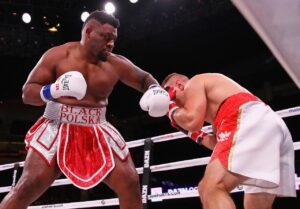
The role of bandages in training and matches
Bandages play an important role in boxing, both in training and in matches.
Understanding how to use it properly can improve your technique while preventing injury.
This section details the role of bandages in training and competition.
Use in training
Using bandages during training is essential to protect your hands and wrists and improve the quality of your training.
Wrapping the bandage correctly will stabilize your wrist and protect your joints from the impact of a blow.
The bandage also helps hold the palm and fingers in the proper position, allowing you to deliver more accurate and powerful punches.
Effective bandage use not only increases training efficiency, but also reduces the risk of long-term injury and provides a sustainable training environment.
Use in matches
The use of bandages in matches is just as important as in training, but the rules are particularly strict.
Each boxing organization has clear rules regarding bandages, with specific restrictions on their thickness, length, and wrapping.
Match bandages should be wrapped tightly to maximize hand protection.
This allows athletes to perform at their best while minimizing the risk of injury.
Before the match, your bandage will be checked by the referee to ensure it complies with the rules.
Correct use of bandage is critical to maximizing player performance and ensuring safety during both training and competition.
Through this, athletes can hone their skills and compete at a higher level.

How to choose a bandage and purchasing guide
When choosing a bandage, it is important to make a selection that matches the intended use and personal preference.
Choosing the right bandage can increase the effectiveness of your training and prevent injuries.
Here, we will introduce points to check before choosing a bandage and products from reliable brands.
Points to check before purchasing
When choosing a bandage, it is important to check the following points:
- Materials : Bandages vary in whether they are cotton or synthetic, with or without stretch. Choose the material that best suits your environment and skin type.
- Length and Width : The length of the bandage you need will depend on the size of your hands and how you wrap it. Generally speaking, it is best to choose a distance between 2.5 meters and 5 meters.
- Stretch : Consider the balance between freedom of movement and firm support when deciding whether to go with stretch.
- Washing instructions : Since the item will be used and washed frequently, it is convenient to choose materials that are easy to wash and dry.
Recommended brands and products
There are many boxing bandage brands on the market, but the following brands are particularly highly rated:
- Everlast : A world-famous brand for boxing equipment. The bandage features both durability and comfort.
- Twins Special : Providing high quality boxing gear made in Thailand. It is especially popular with Muay Thai boxers.
- Ringside : An American brand that is widely supported by everyone from professional boxers to beginners. Features a highly elastic bandage.
By referring to these points and choosing a bandage that suits your needs, you can maximize the safety and effectiveness of your training.
Choosing the right bandage is the first step to improving your boxing skills while preventing injury.
